Secret (시크릿)
14.6Km 2021-03-24
81, Songcheon, 2-gil, Andong-si, Gyeongsangbuk-do
+82-54-823-2020
It is a place where you can try various dishes featured in its menu. This restaurant's signature menu is chicken feet. This Korean dishes restaurant is located in Andong-si, Gyeongsangbuk-do.
Musée d’art de Cheongsong Yasong (군립 청송야송미술관)
15.0Km 2020-09-03
5162, Gyeongdong-ro, Cheongsong-gun, Gyeongsangbuk-do
+82-54-870-6536
Fondé par le comté de Cheongsong-gun, le musée d’art de Cheongsong Yasong a ouvert ses portes le 29 avril 2005 à Sinchon-ri, Jinbo-myeon, Cheongsong-gun dans la province du Gyeongsangbuk-do. La galerie d’art expose 350 peintures et poteries de Yasong Lee Won-jwa, peintre coréen natif de Cheongsong. On peut également y admirer une cinquantaine d’oeuvres de célèbres peintres et sculpteurs coréens et étrangers, ainsi que plus de 10 000 livres d’art offerts à la galerie. Le bâtiment d’un étage qui abrite le musée était à l’origine l’ancienne école primaire du village de Sinchon. Il est composé des halls d’exposition, d’une bibliothèque artistique et d’un centre pédagogique sur l’art, où l’on organise des expositions permanentes et temporaires, ainsi que des programmes éducatifs.
Source d’eau minérale de Sinchon
15.1Km 2024-12-17
Sinchon-ri, Jinbu-myeon, Cheongsong-gun, Gyeongsangbuk-do
Sur la route nationale n° 34 qui relie Andong et Yeongdeok se trouve la source de Sinchon, abondante source d’eau minérale vieille de plus d’un siècle. Tout comme la source de Dalgi, celle de Sinchon est une source carbonique riche en fer. Son goût est similaire à celui d’une limonade sans sucre, et elle est très efficace contre les troubles de la digestion, la neuralgie ou encore les maladies féminines chroniques. Ainsi, elle accueille quelques 500 000 visiteurs par an. L’endroit est également réputé pour son dakbaeksuk, plat de poulet préparé avec du riz glutineux, de l’ail, du ginseng et des jujubes, et cuit dans de l’eau de source. C’est également là que l’on trouve la plupart des pierres fleuries du pays, portant d’intrigants motifs de tournesols ou encore de chrysanthèmes.
Imyeonjae Head House [Korea Quality] / 흥해배씨 임연재종택 [한국관광 품질인증]
15.1Km 2020-09-03
51, Hyanggyo 1-gil, Andong-si, Gyeongsangbuk-do
+82-10-9077-7216
The Lim Yeon-Jae Head House of Heunghae Bae's Clan was built by Bae Cheon-Seok (1511~1573), Vice Minister of War, in 1558 in Domok-ri, Wolgok-myeon, Andong but was moved to its current location in Songcheon-dong, Andong in 1973 due to the construction of Andong Dam. The house has inherited the tradition of Baekjukdang Bae Sang-Ji (1351~1413) who refused to serve two kings out of loyalty to the Goryeo Dynasty. Bae Sang-Ji is the first ancestor of Heunghae Bae's Clan who settled in Andong. The Lim Yeon-Jae Head House was designated for the permanent worship of the spirit of Governor Bae Sam-Ik (1534~1588, pen name: Lim Yeon-Jae, nickname: Yeowoo) who was the son of Bae Cheon-Seok and a student of Toegye Yi Hwang and who served as the Governor of Hwanghae-do after passing the civil service examination. The house was nicknamed Geumyeokdang after the pen name of Bae Yong-Gil (1556~1609, nickname: Myeongseo), who was a son of Lim Yeon-Jae and who served as secretary of Chungcheong-do Province after passing the civil service examination and fought as a member of the army for the cause of justice during Japan’s invasion of Korea in 1592. With the antique charm of a traditional Korean house, the Lim Yeon-Jae Head House boasts of beautiful walls, stairs, eaves, etc. The windows and doors of the house decorated in the construction style of the early Joseon Dynasty are especially beautiful. In the head house is the time-honored space used as a study since the establishment of the house, which has been opened recently as a little library to accommodate the neighbors who love reading by inheriting the tradition of the house with a collection of many books and opening a bookstore. The little library of Baekjuk Historic House is furnished with more than 5,000 books in different genres including novel, humanities, history, cartoons, and books for infants. You can enjoy time travel to the past through the experience of the old house and by reading books in the library. An air-conditioning/heating system has been installed in every room, with communal bathrooms equipped with the latest facilities positioned here and there in the house for the convenience of visitors.
Juwangsan Mountain Seongcheondaek
16.2Km 2021-04-09
12, Seodang-gil Cheongsong-eup, Cheongsong-gun, Gyeongsangbuk-do
+82-10-6711-6427
Seongcheondaek House with about 300 years' history is an old hanok guesthouse located in Cheongun-ri at the entrance to Juwangsan Mountain, which can be reached by driving along Yongjeoncheon Stream from Cheongsong County in Gyeongsangbuk-do. With the tranquil surrounding atmosphere among houses in the alley, the house features a typical square-shaped structure of the mountain region.
Seongcheondaek House is presumed to have been bought by Im Chun-seop, a high-ranking official during the reign of King Gojong (r. 1863-1907) of the Joseon Dynasty, but its exact construction date is unknown. It was designated as National Folklore Cultural Heritage No. 172 in 1984.
This cozy hanok house consists of the main gate with straw-thatched roof, square-shaped Anchae (Women’s Quarters), middle gate, Sarangbang (master’s room), tea room, old stable, Daecheongmaru (hall between rooms) overlooking the courtyard with beautiful scenery, and so on. In particular, guests can enjoy a romantic atmosphere from Daecheongmaru by appreciating the scene of falling raindrops or melting snow from the edges of the eaves.
The Munganchae (gate building) consisting of a bathroom and a kitchen has a straw-thatched roof and a renovated interior for the guests’ convenience. The square-shaped Anchae is composed of two guestrooms (Sarangbang and Anbang) and a reading room (Utbang). The rooms feature a traditional construction style with cozy and clean interior items including a small wooden table as well as clean beddings. In addition, a kitchen is situated in front of Anbang, displaying traditional kitchen appliances including a fireplace and two large iron pots, unlike a modern-style kitchen in Munganchae. Daecheongmaru of Anchae offers an open view of the outdoor landscape through two large wooden windows. In addition, a deep groove in the middle of the yard in front of Daecheongmaru catches one’s eyes. The groove is said to have been made due to the rubbing of the foot on the ground when weaving hemp cloth hundreds of years ago.
Guests can enjoy relaxation both during daytime and nighttime under a starry sky in the yard where a small wooden bedstead and a stone table are situated. Moreover, the house provides folk games such as neolttwigi (Korean see-sawing game) and tuho (pitch-pot) as well as the family art therapy program wherein family members can understand each other better through a painting and drawing activity. Surrounding tourist attractions include Juwangsan National Park and Jusanji Reservoir.
Zootopium (주토피움)
16.4Km 2024-07-09
346-95, Gwangwang Danji-ro, Andong-si, Gyeongsangbuk-do
Zootopium est le plus grand parc animalier dans le parc Gyeongsangbuk-do. Le parc constitue une parfaite destination notamment pour que les enfants puissent découvrir plus sur la nature et les organismes vivants. Le parc propose à la fois des sections intérieurs et extérieurs tout comme des restaurants et des zones de jeux.
Village Dudeul de Yeongyang (영양 두들마을)
16.7Km 2020-02-10
62, Dudeulmaeul-gil, Yeongyang-gun, Gyeongsangbuk-do
+82-10-7373-8337
Le village Dudeul à Yeongyang signifie 'le village sur la colline'. En 1640, le professeur Seokkye Isimyeong fuit la guerre du Manchu avant de venir vivre dans le village avec ses descendants. On dit aussi que ce lieu a servi d'hôtpital publique durant la période Joseon.
On peut retrouver dans le village l'ancienne maison du professeur Seokkye ainsi que la salle où il enseignait. On retrouve également un centre de recherche en littérature, le premier restaurant en hangeul du pays, etc. Le site est aussi connu pour ses ressources naturelles, sa rivière environnante et ses falaises. Depuis 1994, il est classé comme village culturel par le gouvernement.
MONTRER CHEF (몽뜨레셰프)
16.7Km 2021-03-30
346-124, Gwangwangdanji-ro, Andong-si, Gyeongsangbuk-do
+82-54-813-5454
It is a great place with an outdoor terrace for family gatherings. This family restaurant is located in Andong-si, Gyeongsangbuk-do. The most famous menu is pork shoulder steak.
Confucian Land (유교랜드)
16.7Km 2024-07-09
346-30, Gwangwangdanji-ro, Andong-si, Gyeongsangbuk-do
Confucian Land, situé à Andong, est un centre d'expositions et d'activités autour du confucianisme en Corée. Le centre permet de découvrir les enseignements de confucianistes historiques comme Toegye Yi Hwang et Yulgok Yi I, mais aussi de découvrir des instruments traditionnels comme le gayageum ou encore le haegeum.
Sansup Garden (산숲가든)
16.7Km 2021-03-24
3929, Chunghyo-ro, Andong-si, Gyeongsangbuk-do
+82-54-823-3333
It is a place where you can enjoy generous servings as well as the taste of healthy Korean dishes. The best menu at this restaurant is Thistle hot stone pot rice. This Korean dishes restaurant is located in Andong-si, Gyeongsangbuk-do.
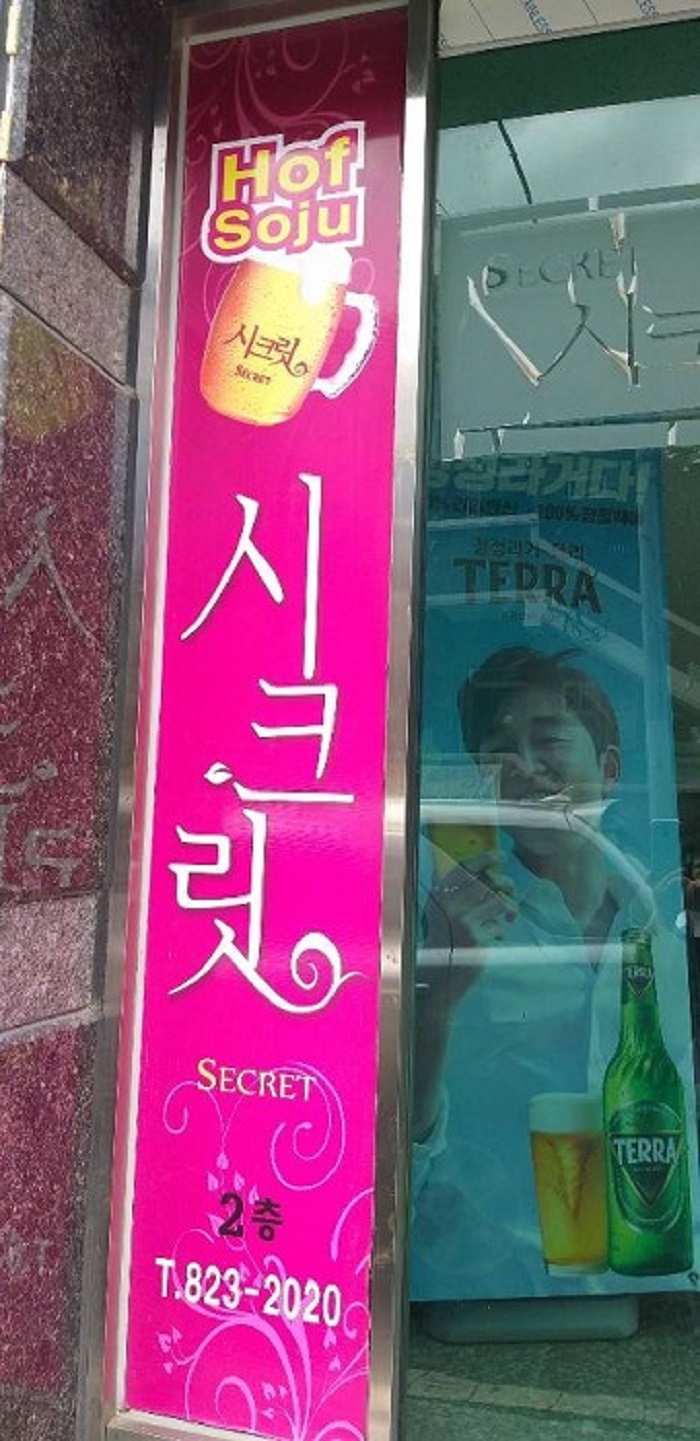
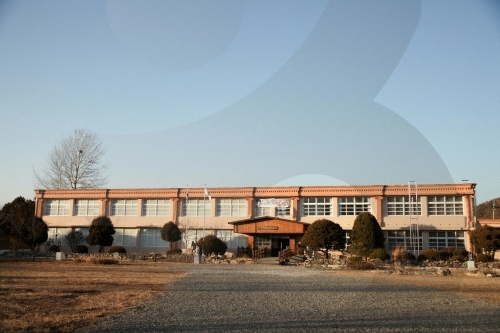
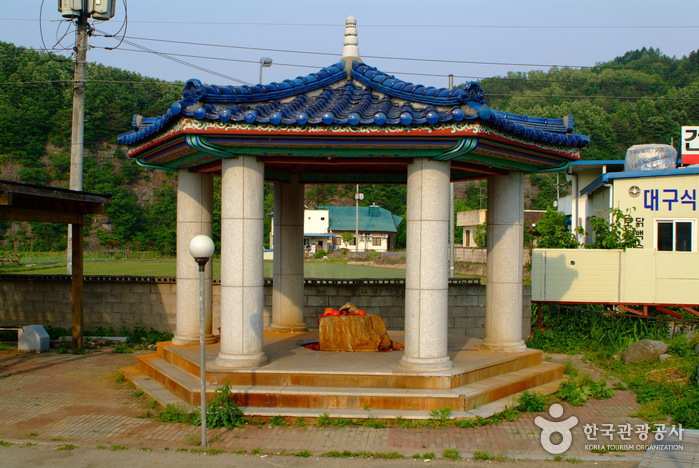
![Imyeonjae Head House [Korea Quality] / 흥해배씨 임연재종택 [한국관광 품질인증]](http://tong.visitkorea.or.kr/cms/resource/84/2627384_image2_1.jpg)
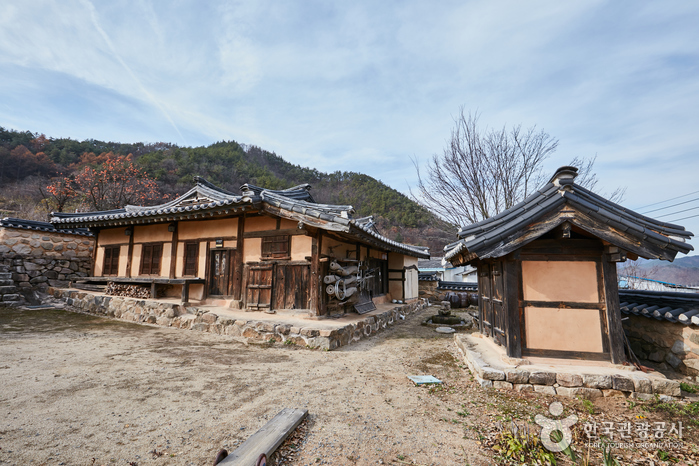

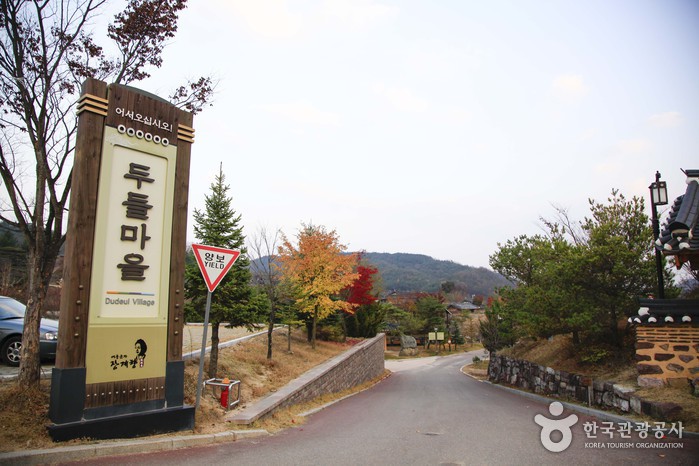
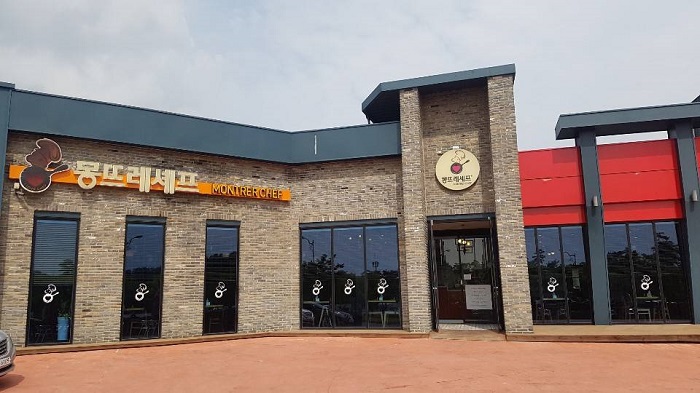
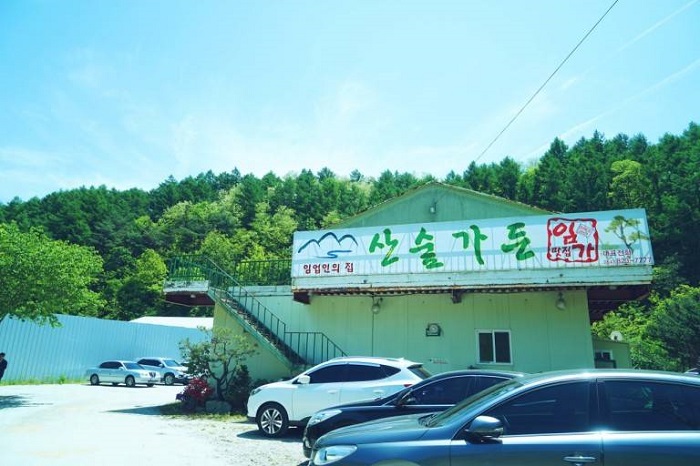
 Français
Français
 한국어
한국어 English
English 日本語
日本語 中文(简体)
中文(简体) Deutsch
Deutsch Español
Español Русский
Русский